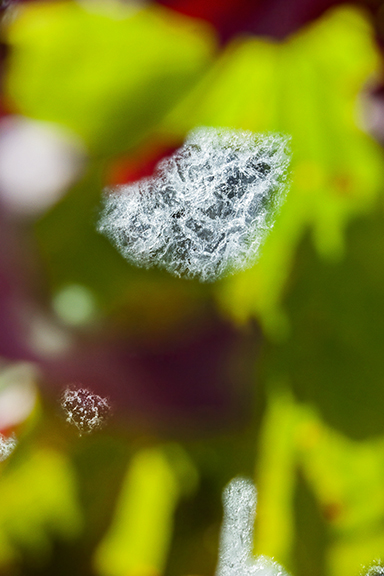works
information
contact
|
< >
|
| | | Susan Wides is an American photographic and video artist whose immersive, abstract works explore an embodied perception of place in the natural world and the urban environment, transforming these encounters into reflections on presence, impermanence, energy, and care. Each photograph in Wides's bodies of work is made on site and as a single exposure, using variations in focal depth to bring the visual representation of the environment closer to the profound experience of it.
Critic Carter Ratcliff notes, “Wides invites us to come alive to vision as a kind of inventiveness... connecting us to our surroundings and, ultimately, to one another.”
Wides’s work has been featured in over one hundred exhibitions internationally, including solo exhibitions at The Hudson River Museum, Kim Foster Gallery, the Samuel Dorsky Museum of Art, and Urbi et Orbi Galerie (Paris); group exhibitions at LACMA,The High Museum, and The Haifa Museum; and is held in over twenty public collections including The Museum of Fine Arts, Houston, The Brooklyn Museum, Princeton University Art Museum, The Norton Museum, and la Bibliotheque Nationale de France. Wides's public art practice engages the architectural scale and communal function of civic spaces.
'T' SPACE RHINEBECK An Installation: Photographs, Painting, Architecture, Nature. Through April 2026
MUSEUM OF FINE ARTS HOUSTON: Color into Light, Works from the Permanent Collection, 2025.
THE HUDSON RIVER MUSEUM: Collection Spotlights: Cityscapes. 2025-26. 11 artists including Jacob Lawrence, Richard Haas, Susan Wides
To view more images from a body of work, please contact the studio. | | PROJECT INFO | | Waxworld (1983-1990) uses the question of where reality ends and illusion begins—a subject inherent in waxwork displays—as a starting point for exploring human interactions in both public and private spheres. In photographing these uncanny and claustrophobic displays, packed with the iconography of a popular culture fascinated with its own decline, I saw an unsettling spectacle of myth, history, and recent headlines. As relics of a time past, the wax figures also seemed to reflect a forceful refusal of death, a quality shared with photography.
The series is, in part, a response to these often misogynist distortions—a refictionalizing of the subjects that removes them yet further from their origins. In doing so, I create new visual artifacts, producing worlds for the viewer to sort out.
|
|
|
 Voice of Silence 0430, 2023.  Emerald City 1 (St. Augustine, FL) 1985
|





